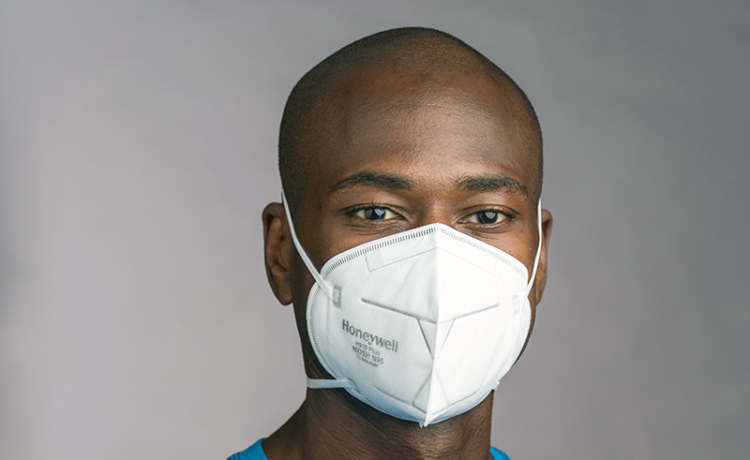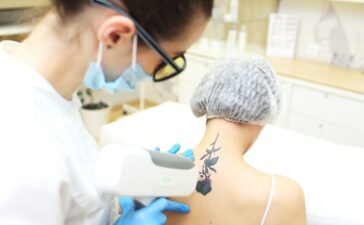Protection from dust and gaseous compounds in contemporary society is very important, especially in a context where everyone desires to have clean air to breathe. From daily commutes in large populated cities to simple household tasks, these N95 respirators are among the most efficient devices one can use to protect oneself. However, given the now getting large number of choices, it is often a great challenge to identify the appropriate course of action.
What Makes an N95 Respirator Different?
n95 respirators differ from surgical masks in form and purpose. They cover the nose and mouth tightly to prevent drooling, unlike other face masks.
Another significant characteristic is the fact that they are approved by the National Institute for Occupational Safety and Health or NIOSH. What this certification provides is the assurance that any N95s emanating into the market complied with these standards in their manufacturing.
Actually, many people can understand how these respirators can be safe yet comfortable to wear at the same time. They normally have an elasticated band on the opening to be adjusted to the wearer’s size.
Benefits of Using an N95 Respirator
N95 respirators are helpful in different facilities, and their presence adds a critical line of protection. All of the models effectively remove at least 95% of airborne particles such as dust, smoke, and pathogens.
A major advantage is such populations’ capacity to decrease the probability of developing respiratory infections. This is especially so during the flu seasons or pandemic times when, other than the common diseases, there are dangerous viruses.
Another factor enjoyed by many users is the aspect of comfort. Some of the models available in the market also have straps that can be adjusted and even cushions to make a tighter fit and to also help spread the weight better on the face.
However, this kind of mask is possible to wear in different locations – starting from the healthcare center and ending with the construction zone – so, N95s are universal tools to protect ourselves. This also make them anti-fog on glasses which is especially useful if the wearer is going to be making use of them alongside his or her glasses.
Ear protection that is provided by an N95 respirator is health investment that does not assume comfort and usability.
Factors to Consider When Choosing an N95 Respirator
In this regard, each N95 respirator should have a proper fit. Protection of the face poses a challenge due to the fact that the best seal has to be created to provide protection against particles in the air. For this reason, it is recommendable that you look for straps that are flexible and allow the wearer to attain a perfect fit.
Secondly, it is the efficiency of the filtration or the ability of the mask to prevent the pass of particles from the surrounding air. N95 face masks are real masks that can trap at least 95% of particles that are non-oily within the air. It is always important to look for a mark from a reliable organization on the item in question.
Breathability matters too. Some models have exhalation valves with make it easier to breathing this is especially true with long use or in warm weather.
Fabric quality cannot also be neglected that’s why it is best to look for durable fabrics. To reduce the occurrence of skin problems when using the masks for a long time, go for those made from soft materials.
Consider your particular requirements and context – if you’re going to get it for health-care purposes or to set it for the members of the public, it will matter a lot.
Types of N95 Respirators Available on the Market
N95 respirators can be of different kinds depending on the type of work and conditions that one is working under. The most widely known type of model is the standard N95
mask intended for use by healthcare workers. It eliminates, at the least, 95% of particulate matter in the air.
There are also categories of designs such as the head strap adjustable designs and designs with structures that are molded to fit the various shapes of the wearer’s face. This ensures that the adhesive seal of the product is well done and this increases its efficiency tremendously.
How to Properly Wear and Use an N95 Respirator
To get the best features when using an N95 respirator, proper wearing and usage are necessary for the device to offer the recommended protection. On the other hand, ensure that you begin by washing your hand well before putting on the mask. This step reduces the likely hood of cross contamination as much as possible.
When you are using an N95 respirator, cup the straps of the mask in your hand without touching the inside region of the mask. Place it with the front covering the face especially the area around the nose and mouth in order to ensure it fits well around the two areas. The metal strip should lie on top so that they flex when you place the glasses on to the shape of your nose.
Depending on the model, the straps of the headset go either behind the ears or behind the head; after putting it on, one must do a fit check. To do this, place the palms over the front part of the respirator and blow through it as hard as possible. This is airtight and check the edges to see whether there is escape of air or not; adjust until the edges give a tight fit.
Nonetheless, while wearing the N95 respirator, avoid frequently touching it; and if have to touch it wash or sanitize hands later immediately. It is also important not to pull other forms of headwear over the mask because this will reduce their efficacy.
Always ensure to abide by the manufacturer’s recommendations on the hours of use and the storage of the item when not in use. Correct care will also increase its durability while on the other hand ensuring it works optimally.
With these into consideration, the use of an N95 respirator to the maximum for protection during the states where airborne particles are dangerous is employed efficiently.





